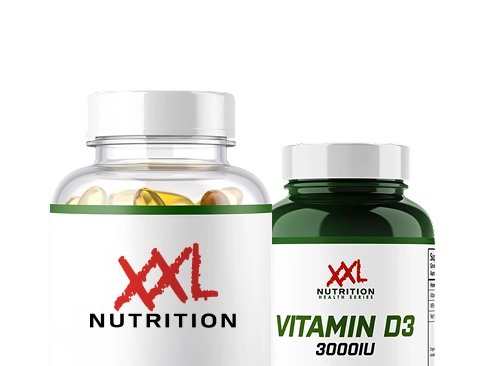The microbes in our bodies keep our immune system alert and ensure that substances we cannot digest ourselves are broken down. When the microbiome becomes unbalanced, it can have numerous harmful effects. This is enough reason to dive into the micro-world of bacteria and other microorganisms in our bodies in this blog.
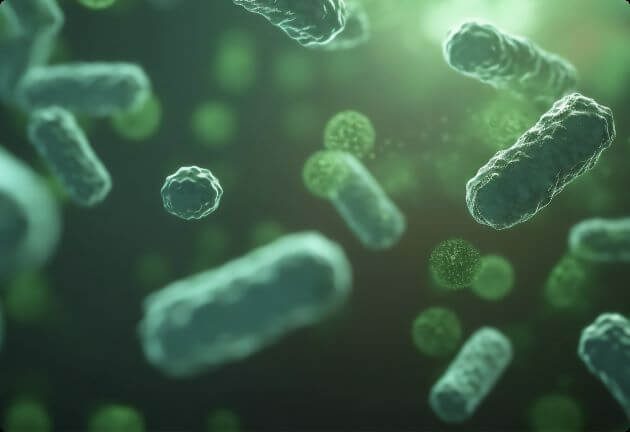
What Exactly is the Microbiome?
You might not think it, but there are as many microorganisms on and in your body as you have cells. All these microorganisms together are called the microbiome. The composition of the microbiome is very diverse. In your mouth, intestines, and on your skin, there are different groups of viruses, fungi, and bacteria. What they have in common is that they interact with your body and can have quite an impact on your health, both positively and negatively.
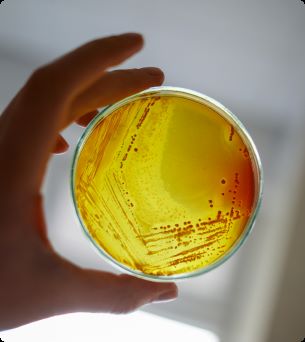

Intestines in the Spotlight
As mentioned, the billions of microorganisms that make up the microbiome are found in various places on and in your body. However, the gut biome plays the starring role. Countless bacteria in your gut flora play a role in digesting food and can influence your health in many ways. The gut microbiome is unique to each person. It begins to develop immediately after birth and continues to expand through exposure to different types of food and the outside world.
Humans maintain a symbiotic relationship with the bacteria in their gut. The microbes benefit from the protected environment of our intestines and help our bodies break down complex carbohydrates and dietary fibers that we cannot digest on our own. Additionally, the bacteria in the gut microbiome produce fatty acids and play an important role in vitamin management. For example, they generate the enzymes needed to produce vitamins B1 and B12.
Gut bacteria also train your immune system to distinguish between bad and good bacteria and recycle bile used in the small intestine to digest fats. It is also beneficial that the “good” bacteria compete with the “bad” bacteria, preventing harmful microbes from gaining the upper hand.
Types of Bacteria in Your Gut
More than 1,000 types of bacteria can be present in your gut, but most people have “only” a few hundred active types. These can be categorized into five different phyla:
- Bacteroidetes
- Proteobacteria
- Verrucomicrobia
- Actinobacteria
- Firmicutes
Notable bacteria in the microbiome include Prevotella bacteria, found in both the gut and mouth, and E. coli bacteria, one of the most common microorganisms in the large intestine.
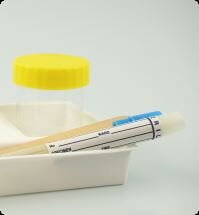
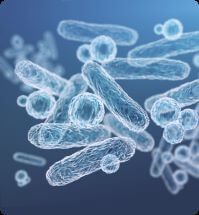
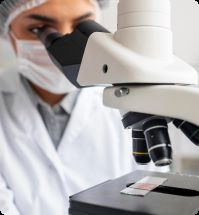
The specific types of bacteria present in your gut, and their proportions, can be determined through a microbiome analysis. This involves analyzing the DNA in a stool sample (your stool contains many dead bacteria). Based on the results of this intestinal microbiome analysis, it can be determined whether your microbiome is balanced or if there are disturbances that need to be addressed, for example, by making changes to your diet.
Causes and symptoms of poor gut flora
Everyone has a different gut flora; its composition depends on many factors, including your lifestyle, medication use, and medical history.
An unhealthy gut flora is out of balance, resulting in a disruption of the distribution between good and bad bacteria. This imbalance can cause various gut-related symptoms, such as:
- Abdominal pain
- Flatulence
- Diarrhea
- Constipation
- Fatigue
- Reduced appetite




Additionally, an unhealthy gut flora can lead to problems digesting food and absorbing nutrients. This can result in deficiencies of important nutrients like vitamins and minerals, causing a range of physical complaints. The bad bacteria in the gut can also produce gases, leading to abdominal pain, flatulence, and bloating. An unhealthy gut flora can also result in diarrhea and constipation.
The causes of unhealthy gut flora are diverse and complex and are currently being extensively researched. One of the main causes of a disrupted microbiome is an unhealthy lifestyle, such as:
- A diet high in processed foods and low in fiber
- Stress
- Lack of physical exercise


Research has shown that people with certain conditions have an altered composition of the microbiome. However, we do not yet know if this change is caused by the disease or if the altered microbiome is what caused the disease.
It is important to know that an unhealthy gut flora does not always cause symptoms. Some people have a disrupted gut flora without experiencing any issues. Conversely, people with gut complaints can have healthy gut flora. Therefore, it is important to listen to your body and contact a doctor if you have persistent gut complaints.
Related tests
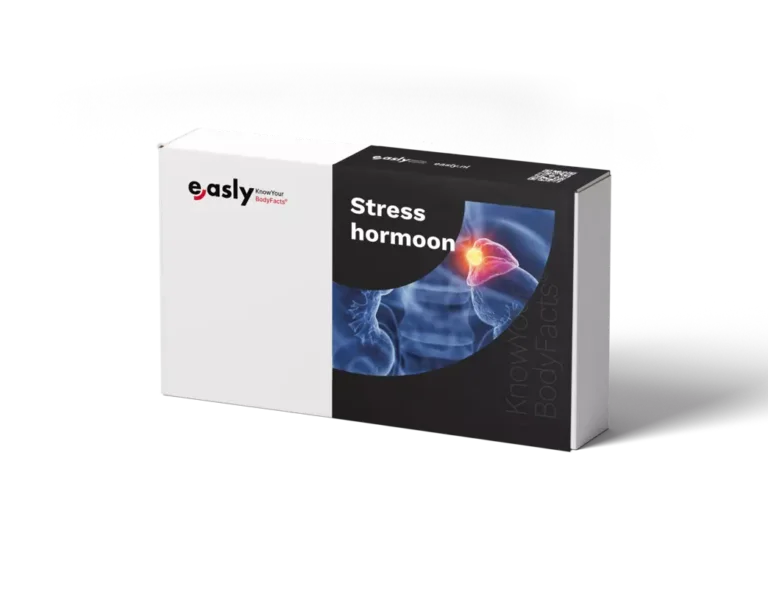

The Microbiome and Common Diseases
When the microbiome is out of balance, harmful bacteria can take over. In the most severe cases, diseases can develop. Here are some common gastrointestinal diseases that involve a disrupted microbiome:
- Crohn’s Disease: In this disease, your digestive tract is chronically inflamed.
- Irritable Bowel Syndrome (IBS): The (large) intestine is either too active or not active enough. This disease is very common. Symptoms include abdominal pain, flatulence, bloating, and bowel movement problems.


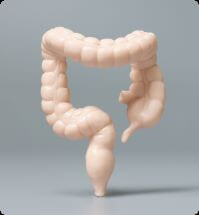
- Colorectal Cancer: In this potentially deadly disease, one or more polyps on the intestinal wall grow into malignant tumors.
- Autoimmune Diseases: For example, multiple sclerosis and rheumatoid arthritis. In both cases, the immune system attacks the body’s tissues.
- Type 2 Diabetes: In this disease, blood sugar regulation is disrupted, resulting in too much sugar in the blood. This has various negative health effects.
What to Do After an Illness or Antibiotic Course?
Both illnesses and antibiotics can disrupt your gut health. During an antibiotic course, not only is the pathogen targeted, but some “good” bacteria are also sensitive to antibiotics. As a result, the loss of these “good” bacteria creates space for harmful bacteria. You can restore your gut flora with a good diet (see above) and/or the use of probiotics.

Nutrition Tips for a Healthy Gut Flora
Eating a healthy and varied diet with enough fiber, vegetables, and fruits is the best way to maintain your gut health. It is important to drink plenty of water and consume fiber-rich foods. Fiber provides a feeling of fullness and promotes good bowel movements. Take it easy with sugar, as harmful bacteria and fungi use sugar as fuel.

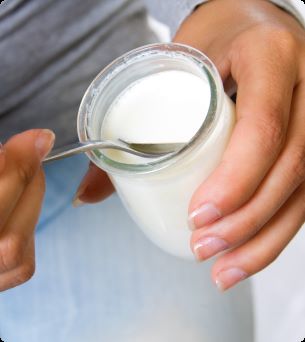
Probiotics and prebiotics can also contribute to improving gut health. Probiotics are live lactic acid bacteria. You can find them in fermented foods such as yogurt, buttermilk, and sauerkraut. Prebiotics are dietary fibers that are not digested by your body but serve as fuel for good bacteria. Examples include onions, oats, bananas, and garlic.
How Do You Test If Everything Is Okay in Your Gut?
For this, you can do a microbiome test. You don’t need to go to the hospital or a doctor for this; medical experts have developed a home test for Easly. You send a stool sample to our laboratory, where the DNA in your stool is analyzed using the latest third-generation long-read sequencing technique. This determines the variety of your microbiome. You also receive dietary advice to help keep or restore your microbiome balance.





